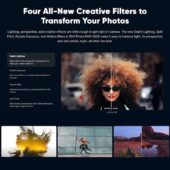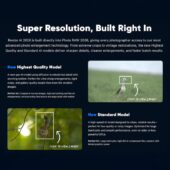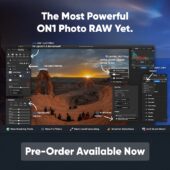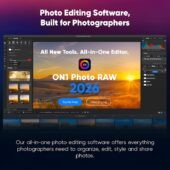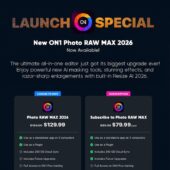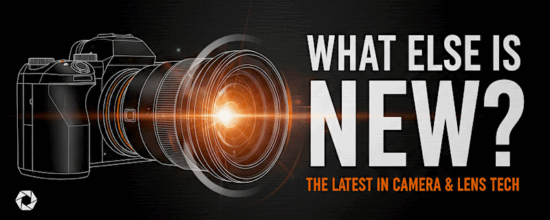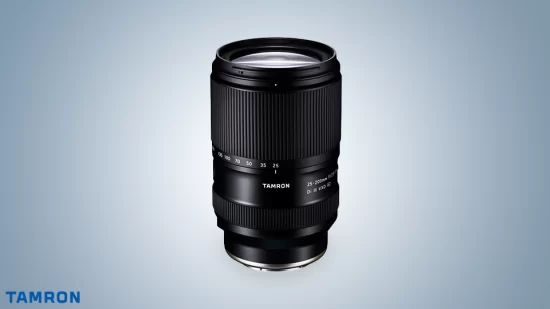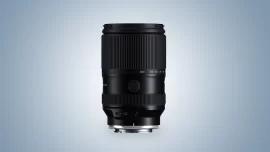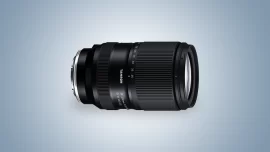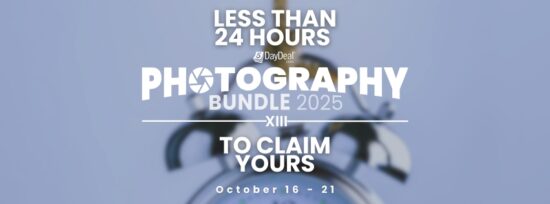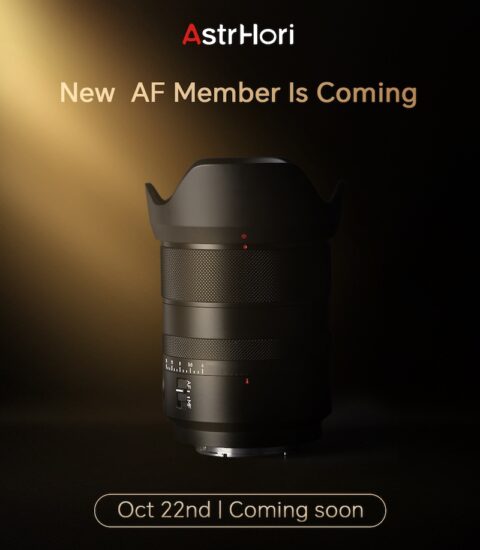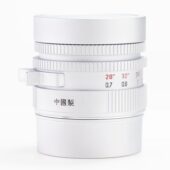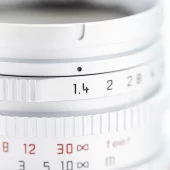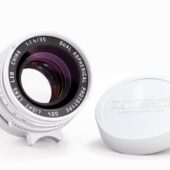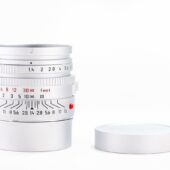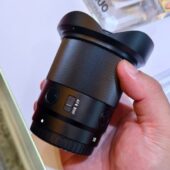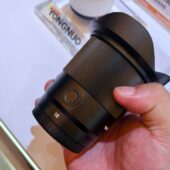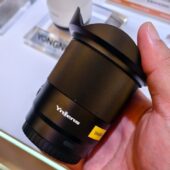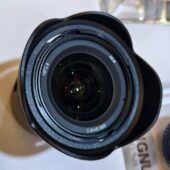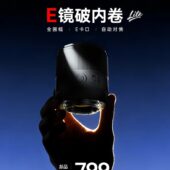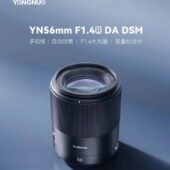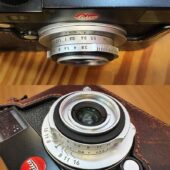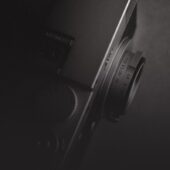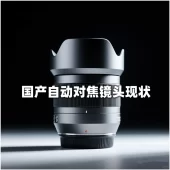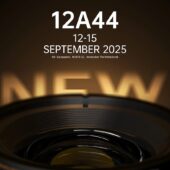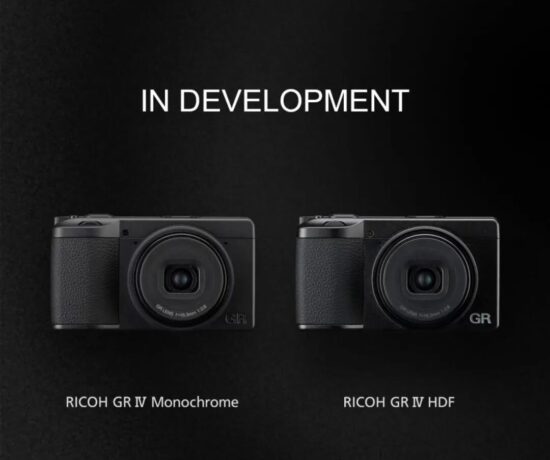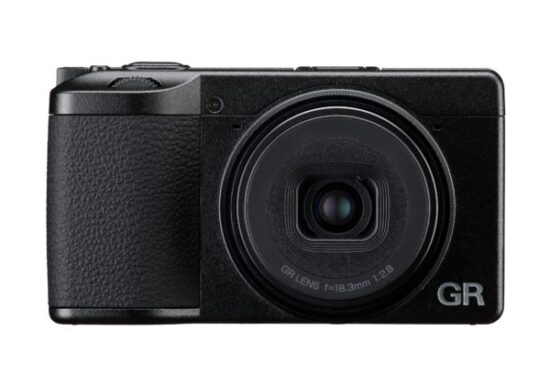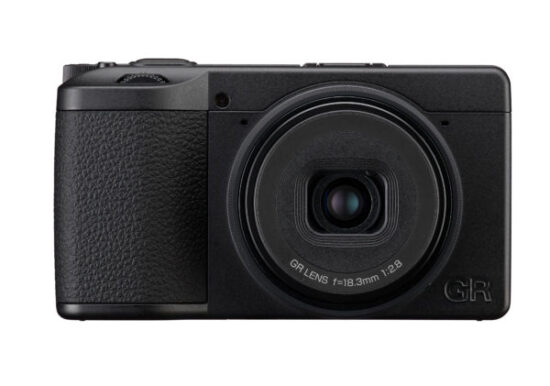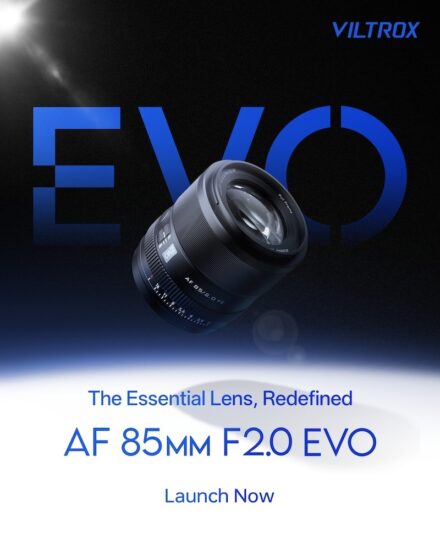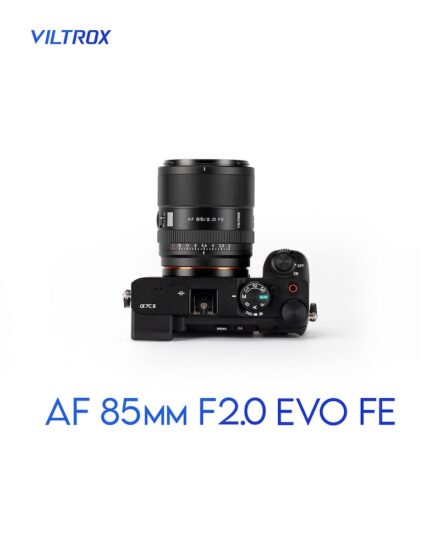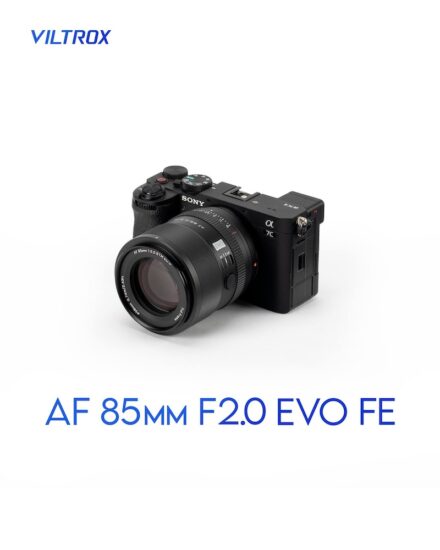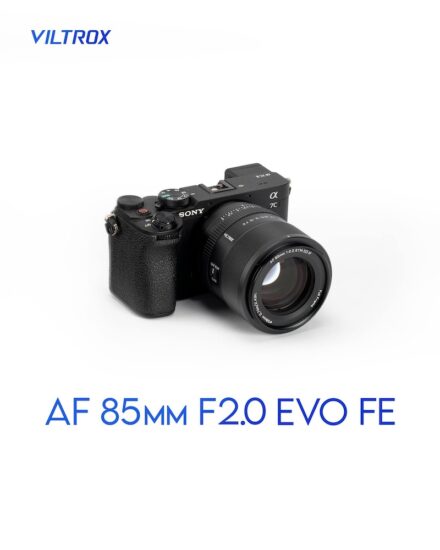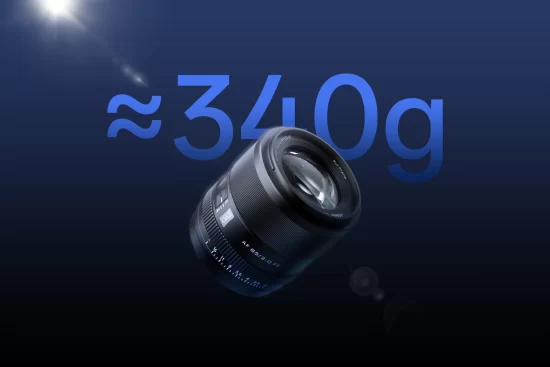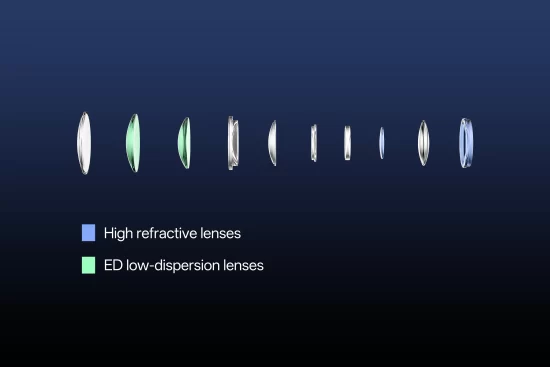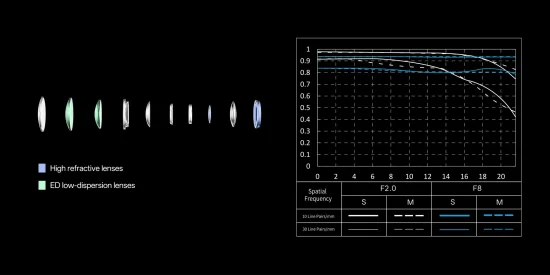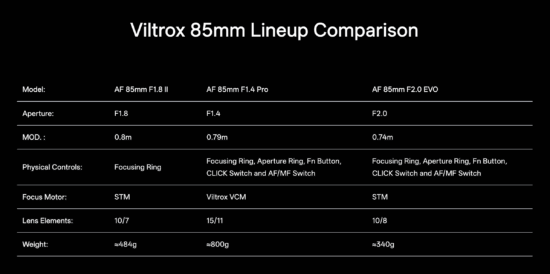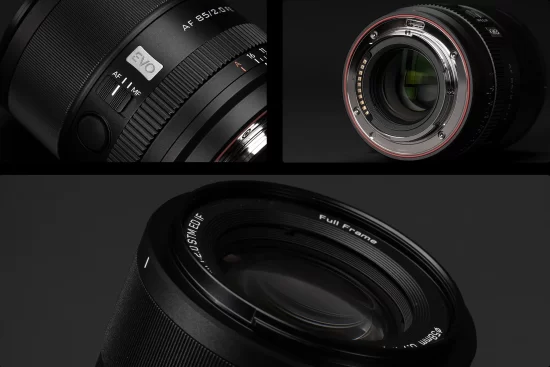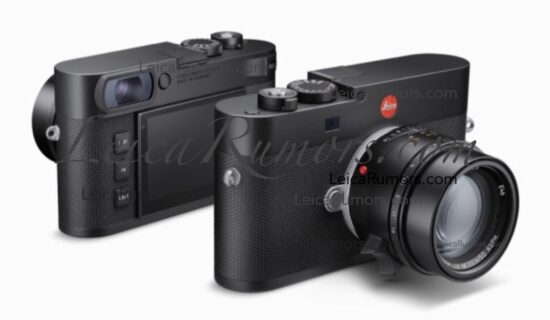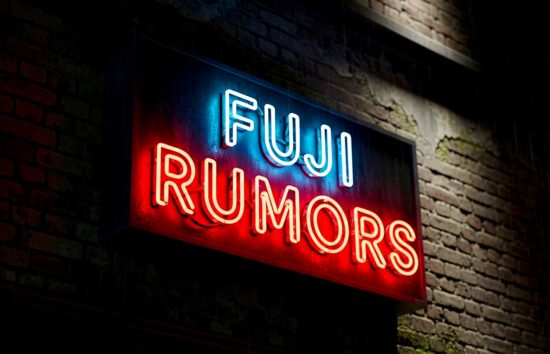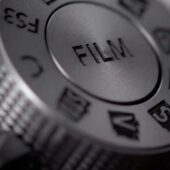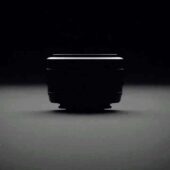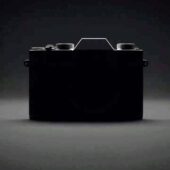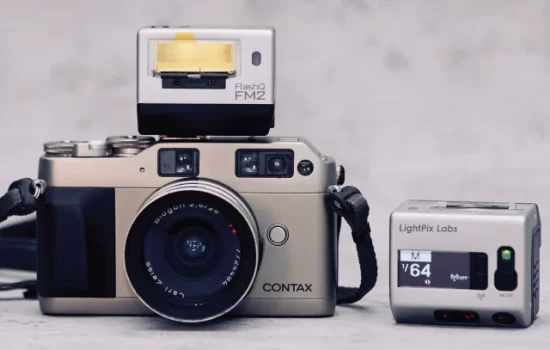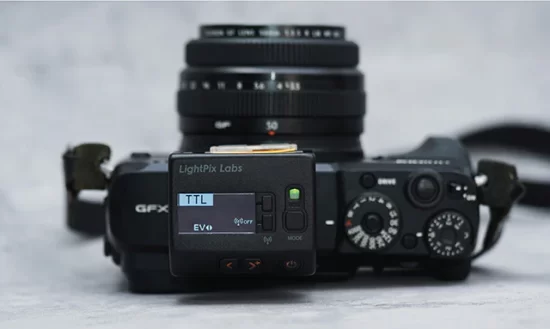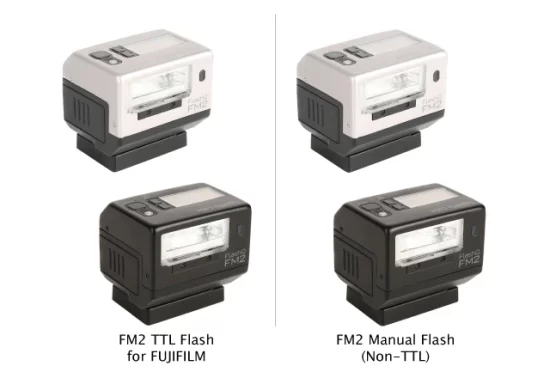The 8 Best mirrorless cameras in 2025
 |
Updated Oct 22, 2025
Well over a decade after Panasonic introduced the first mirrorless camera, they now dominate the interchangeable lens camera market. They include cameras designed for a wide range of photo and video pursuits and models at everything from budget to professional price points.
We've used and tested just about every current mirrorless camera on the market and picked out what we think are the stand-out models. We'll start with the most affordable models, then work our way up from there. In general terms, as you move up the price ladder, you'll see larger sensors with better image quality, higher resolution, faster burst rates, and more capable video specs. We'll explain why we've chosen each camera and try to explain the advantages and disadvantages of each choice.
Our picks:
- Best affordable kit: Sony a6100
- Best value around $1000: Nikon Z50II
- Best APS-C mirrorless camera: Fujifilm X-T5
- Best value full-frame: Nikon Z5II
- Best mid-priced mirrorless camera: Nikon Z6III
- Best high-end mirrorless camera: Canon R5 II
- Compact high-resolution: Sony a7CR
- IQ above all else: GFX 100S II
Best affordable kit: Sony a6100
24MP APS-C sensor | Hybrid AF with Real-time Tracking | 4K video capture
 |
| Photo: Richard Butler |
What we like:
- Excellent autofocus system
- 4K/30p video recording
- Tilting touchscreen LCD
What we don't:
- Less robust build quality
- Rolling shutter 'jello effect' present in 4K video
- Crop when recording 4K/30p video
The Sony a6100 is an entry-level APS-C mirrorless camera. While it's one of the older camera still available, its 24MP sensor, touchscreen for easy focus placement and Sony's excellent autofocus tracking, which especially excels at focusing on people and pets, still make it excellent value for its price.
It's happiest if you prefer to point-and-shoot in an auto mode. The wide range of lenses available for it give you somewhere to grow if you find yourself catching the photography bug and, if you shop smart, you can get the body and a lens for around $1000 (though we'd recommend staying away from Sony's default 16-50mm F3.5-5.6 II kit option).
See the Sony a6100 studio scene
Best value around $1000 - Nikon Z50II
20.9MP APS-C sensor | Subject recognition AF | Full-width 4K video up to 30p
 |
| Photo: Richard Butler |
What we like:
- Twin command dials
- Simple tracking AF w/ subject recognition
- Strong video specs
What we don't:
- Weak battery life
- Limited zoom lens selection
- Non-stabilized sensor limits video
It represents a step up over the a6100, offering similarly powerful autofocus (though with more autofocus subject recognition types) and much more welcoming controls for when you want to be more involved in the photo-taking process. Nikon places some restrictions on what lenses third parties can make, but there are increasingly more sensible options; if the ones you want are available for it, the Z50II is the best option at this price point.
Read our full Nikon Z50II review
See the Nikon Z50II studio scene
Best APS-C mirrorless camera: Fujifilm X-T5
 |
| Photo: Richard Butler |
What we like:
- Dedicated dial interface shows your settings
- Detailed 40MP images
- Photo-centric design and feature set
What we don't:
- Autofocus prone to false-positives
- Significant rolling shutter in e-shutter mode
- Smaller buffer, lower-spec video than X-H2
The Fujifilm X-T5 is an enthusiast-level APS-C mirrorless camera built around a stabilized, 40MP BSI CMOS sensor with the company's X-Trans color filter array. It has plenty of features for both photo and video shooters.
What really lands it on this list, though, is how lovely it is to use. There are physical controls for all your exposure settings alongside configurable top-plate command dials, a big, bright EVF, and its JPEG colors are especially pleasing with a wide range of sensible (and more out-there) "Film Simulation" color modes. There are more technically capable APS-C cameras on the market, for a lot of photography we'd give up a bit of AF tracking performance and speed for the X-T5's user experience.
Read our full Fujifilm X-T5 review
See the Fujifilm X-T5 studio scene
What are my other APS-C options?
The Sony a6700 is the most capable APS-C camera on the market, with extremely strong autofocus performance, image quality and video capabilities. Sony's E-mount also has the most complete array of APS-C lenses after Fujifilm's, largely thanks to support from third parties. However, we don't find it as pleasurable to use as the X-T5 – its viewfinder is smaller and lower-res, and the lack of an AF joystick making picking a focus point a bit more of a chore – but if technical prowess is what you seek, the a6700 is your best bet.
Canon also builds some decent APS-C competitors that rival Sony's performance, but while you can now get some several decent third-party fast zooms for them, the company still restricts what lenses can exist on RF-mount.
 |
|
Fujifilm's X-T50 is also worth considering if you're looking at APS-C cameras Photo: Richard Butler |
Finally, if you were enticed by the X-T5 but are on a budget, we'd suggest considering the Fujifilm X-T50. It packs the same sensor and processor into a smaller, lighter design. While the viewfinder isn't as nice, and the controls are a little more fiddly, in return you get the film simulation dial, which encourages you to play with different looks. It can also be kitted with the excellent 16-50mm F2.8-4.8 OIS zoom, which is significantly better than the lenses bundled with other companies' APS-C offerings
Full-frame mirrorless
Full-frame cameras (those with image sensors the same size as traditional "35mm" film) offer the potential for better image quality than smaller formats, simply because they have a larger area on which to capture light. However, you don't get something for nothing: even if you can find an affordable, compact full-frame camera at a good price, the lenses needed to make the most of it will be larger and will typically cost more than those for APS-C or Four Thirds sensors. Broadly speaking, there's a balance to be struck between image quality, size and price, which is worth contemplating before you make the assumption that full-frame is the best (or even 'better') format.
Best value full-frame mirrorless: Nikon Z5II
24MP BSI full-frame sensor | In-body image stabilization | Dual UHS-II card slots
 |
| Photo: Mitchell Clark |
What we like:
- Excellent image quality
- Very good autofocus, for a range of subjects
- Excellent handling, ergonomics and feature set
What we don't:
- Reasonable, but not great, battery life
- Needs to crop to deliver 4K/60
- Lens choice limited by Nikon
Don't be scared by the "value" part of this pick; the Z5II doesn't feel cheap, and there aren't obvious features cut for cost. In fact, we suspect most photographers would struggle to push its limits, and unless you must absolutely have faster or higher-resolution shooting or top-end video, it's hard to argue that most people truly need anything better.
Read our full review of the Nikon Z5II
See the Nikon Z5II studio scene
What are the other entry-level full-frame options?
We also think the Canon EOS R8 is worth considering if you're looking for a comparatively affordable full-frame camera. Like Nikon's Z-mount system, Canon's RF lens ecosystem is also somewhat short on affordable lenses to pair with an entry-level camera.
Its usability it what keeps it from topping this guide; it has shorter battery life and smaller viewfinder than the Z5II, and lacks in-body image stabilization, a second SD card slot and an AF joystick. However, it can shoot 4K60 video without a crop, which could be interesting to videographers, though, unlike the Z5II, it doesn't offer any Raw options.
Best mid-priced full-frame mirrorless: Nikon Z6III
25MP full-frame 'Partially Stacked' CMOS sensor | 6K/60p N-Raw video | 5.76M dot OLED 0.8x EVF
 |
| Photo: Richard Butler |
What we like:
- Very good image quality
- Good autofocus tracking with auto subject recognition mode
- Extensive choice of video resolutions and codecs
What we don't:
- Peak dynamic range lower than peers
- N-Raw video format has limited support
- Nikon controls 3rd-party lens options
The Nikon Z6III is a significant step up for the Z6 series, and is a very capable camera for both stills and video. Its main benefit over less expensive models are its sensor readout speeds – and, therefore, rolling shutter performance in video – which are among the best in its category.
Read our full review of the Nikon Z6III
See the Nikon Z6III studio scene
The mid-priced rivals
There are plenty of other cameras worth considering, in the around $2000 price category. Canon's EOS R6 II is probably the strongest competitor to the Z6III. It has a slightly smaller viewfinder, and its video specs aren't as good, but if you're just looking to shoot stills, your choice between the two should be dictated purely by which system has the lenses you want at prices you're happy with.
If you shoot outside a lot and need a compact system with excellent weather sealing, the OM System OM-1 II is worth considering; outside of that use case, it's probably worth considering other options unless you're heavily invested in Micro Four Thirds lenses.
Sony's a7C II is also a reasonable choice, as its high-resolution sensor is good for stills, though its slow readout speeds limit its video capabilities. Its autofocus is Sony's latest (unlike with the full-size Sony a7 IV), and it's appreciably smaller than its rivals. The viewfinder is small, and there's no AF joystick, though, which are the main reasons it's not one of our main picks: it's better on paper than in the hand.
Best high-end mirrorless camera: Canon EOS R5 II
45MP Stacked CMOS sensor | Eye-controlled AF subject selection | Up to 30fps continuous shooting
 |
| Photo: Richard Butler |
What we like:
- Excellent image quality
- Fast, dependable autofocus
- Good video support tools
What we don't:
- Slight reduction in dynamic range in extreme scenarios
- Tempermental eye control
- Temperature limits in heaviest video modes
The Canon EOS R5 II is one of the most capable cameras we've ever tested and will almost certainly be up to any task that most photographers can throw at it. It shoots at high resolution, has an excellent autofocus system and sports plenty of video features.
Read our Canon EOS R5 II review
See the Canon EOS R5 II studio scene
A worthy competitor
The strongest competitor to the EOS R5 II besides the original EOS R5 is Nikon's Z8. And, frankly, there's very little to choose between them. Canon's high-end model has some features that could be useful to certain photographers, like Action Priority AF and Eye Control, but outside of that your choice should again be dictated by lens selection, as they're both supremely capable cameras.
Compact high-resolution: Sony a7CR
61MP BSI CMOS sensor | 4K/60p video with 10-bit color | Dedicated ‘AI’ processor for AF system
 |
| Photo: Richard Butler |
What we like:
- Big camera features in a small body
- Outstanding AF performance
- Auto Framing video mode
What we don't:
- Small, low-res viewfinder
- No joystick control
- No fully mechanical shutter
The Sony a7CR takes most of the features of the more expensive a7R V and provides them in a smaller package. The viewfinder is disappointing for such an expensive camera, but nothing gives you so much image quality in such a small, capable package.
Read our Sony a7CR initial review
IQ above all else: Fujifilm GFX 100S II
102MP BSI medium format sensor | In-body image stabilization | 5.76M dot viewfinder
 |
| Photo: Mitchell Clark |
What we like:
- Excellent detail capture
- Very high tonal quality
- Ready-to-go JPEG or malleable Raws
What we don't:
- Autofocus not especially fast
- Video prone to rolling shutter
The Fujifilm GFX 100S II is a 100MP medium format mirrorless interchangeable lens camera with built-in image stabilization.
This camera is perhaps the most specialized pick on this list: it's not especially fast or versatile but in terms of image quality, it essentially offers the best levels of detail we've ever seen. It's a true step up over even the best of its full-frame rivals (some of which comes from its lenses - the GF primes often being particularly good).
What are the other high-end options?
Just about all the cameras that cost $2500 and up are, unsurprisingly, rather good. We go into a little more detail about their relative merits in our 'High-end camera buying guide.' As at any price, the key things to consider are what types of photography you plan to do (and hence, which features and capabilities are most important to you), and whether the lenses you need are available at a price you're willing to pay.
Why you should trust us
This buying guide is based on cameras used and tested by DPReview's editorial team. We don't select a camera until we've used it enough to be confident in recommending it, usually after our extensive review process. The selections are purely a reflection of which cameras we believe to be best: there are no financial incentives for us to select one model or brand over another.










